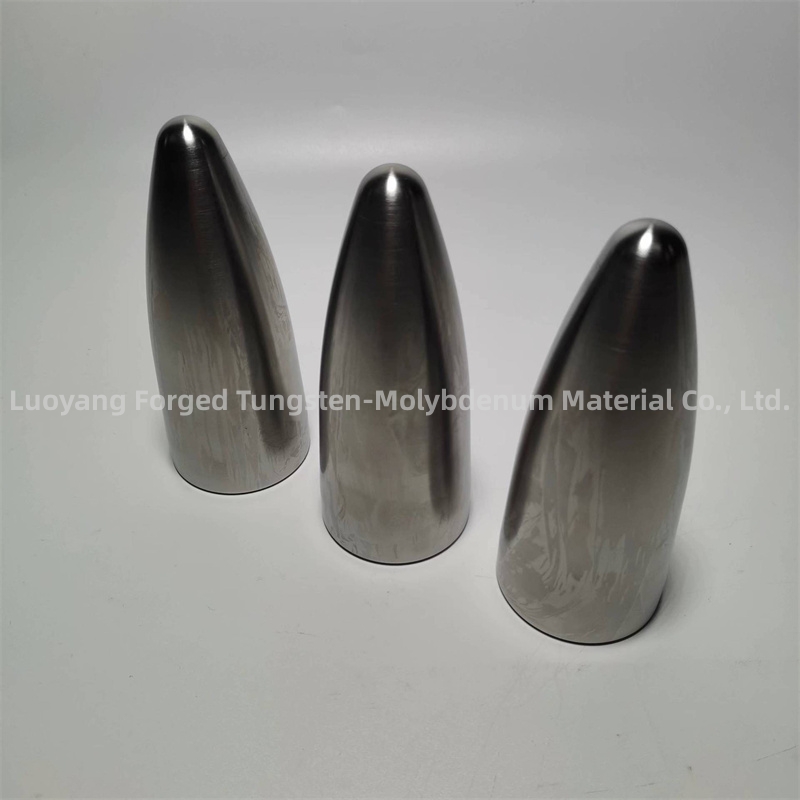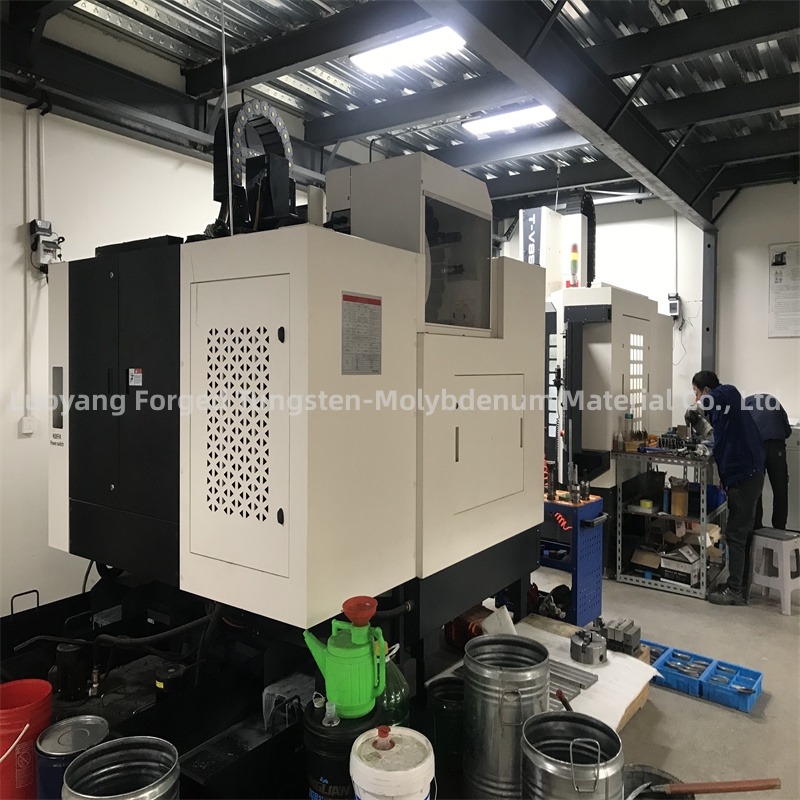why is tungsten is used in weapons?
Tungsten is used in weapons because of its exceptional hardness and high density. These properties make it suitable for use in armor-piercing ammunition, such as armor-piercing bullets and tank shells. Tungsten’s hardness allows it to penetrate armored targets, while its high density contributes to its ability to maintain high kinetic energy and momentum upon impact. This combination of hardness and density makes tungsten an important material for military applications.
Molybdenum piercing is used in a variety of industries due to its unique properties, including high melting point, strength and corrosion resistance. Some application areas for molybdenum piercings include: Metalworking: Molybdenum is used as a piercing material in metalworking, such as for punching and cutting stainless steel, carbon steel and other alloys in the production of industrial components and products. Glass Industry: Molybdenum is used in the glass industry for glass perforation and shaping, especially in the production of glassware, glass containers and specialty glass products. Wire and rod production: Molybdenum is used to punch and draw wire and rod in the manufacture of electrical components, heating elements and specialty alloys. Electronics: Molybdenum is used in the electronics industry for stamping and punching applications in the manufacture of electronic components, such as the production of semiconductors and thin film circuits. These are just a few examples of molybdenum perforation application areas that demonstrate its importance in various industrial processes.
The production of molybdenum mandrel plugs typically involves a combination of machining, metal forming and finishing processes. The following are typical steps involved in the production method:
Raw material selection: Select high-quality molybdenum rods or rods as raw materials for the production of mandrel plugs. Molybdenum was chosen for its high melting point, strength and corrosion resistance, making it suitable for applications requiring high temperatures and mechanical properties. Machining: The molybdenum rod is machined to form the initial shape of the mandrel plug. This may involve turning, milling or drilling operations to obtain the required dimensions and surface properties. CNC (computer numerical control) machining allows for precise shaping and cutting. Metal Forming: A machined molybdenum blank is then subjected to a metal forming process such as bending, swaging or extrusion to create the specific features and contours of the mandrel plug. For example, if a tapered or conical shape is required for a mandrel plug, metal forming techniques are used to achieve the desired geometry. Heat treatment: After forming and shaping, the molybdenum mandrel plug can undergo a heat treatment process to enhance its mechanical properties such as strength and hardness. High temperature annealing or sintering can be used to optimize the microstructure and eliminate residual stresses. FINISHING: Molybdenum mandrel plugs undergo a finishing operation to ensure dimensional accuracy, surface smoothness and eliminate any defects. This may include polishing, grinding or other surface preparation methods to achieve the required surface finish and geometric tolerances. Quality Control: Throughout the entire production process, quality control measures are implemented to inspect and verify the dimensional accuracy, material integrity and overall quality of the molybdenum mandrel plugs. Non-destructive testing methods, dimensional metrology and visual inspection may be used to ensure compliance with specifications. By following these production steps, manufacturers can produce molybdenum mandrel plugs with the characteristics and performance attributes required for their intended application.

